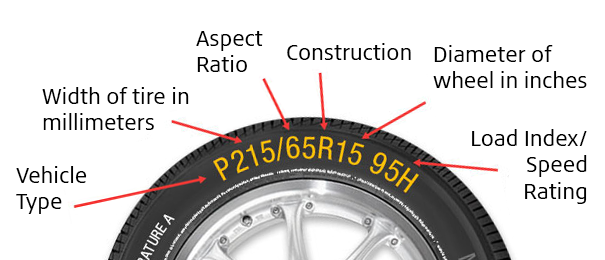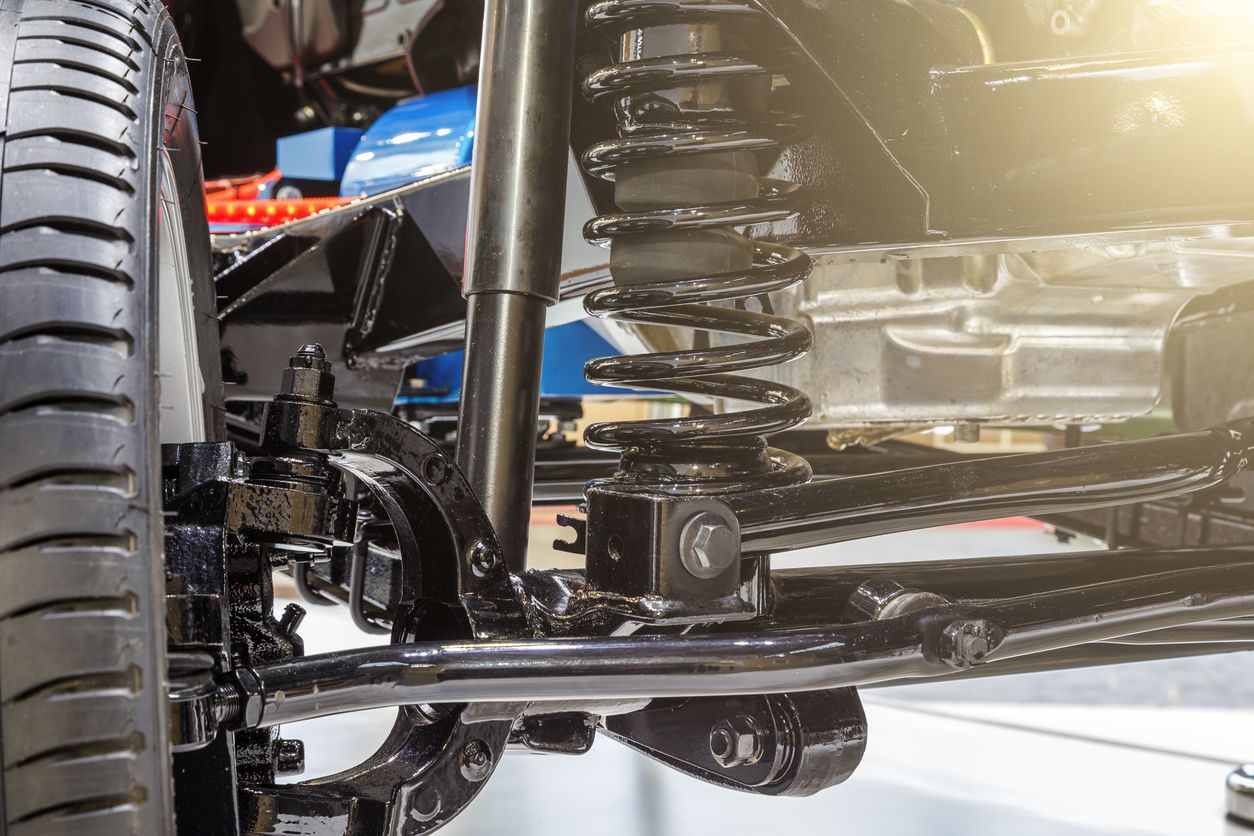
Causes of Low Engine Oil Pressure and What to Do if it Happens to You
What makes oil pressure drop? Learn what may be causing low engine oil pressure in your ride, how to spot the signs, and what you can do to resolve the issue.
Read More
Every vehicle is designed and manufactured to require a specific tire size. Putting the wrong size tire on your car could possibly damage your new tires and your vehicle, costing you more money over time. It can also be dangerous to drive with the wrong size tires. Knowing your correct tire size is an essential part of owning a vehicle and staying safe on the road.

There are a few ways to determine the right tire size for your vehicle.
You’ll find a series of numbers and symbols similar to P215/65 157 H. These are the most important figures to pay attention to.
Once you know the tire size you need, you can narrow down your options and shop tires by size.
If you’re still unsure, ask a Tires Plus technician to confirm the right size before you buy a new set.
Want to know how to read the rest of the information included in your tire number? Each letter and number set represents certain features of a tire’s build and performance. It’s helpful to be able to read your entire tire size so you can accurately compare the grade and performance of your current tires against a new set. Here’s how to read tire sizes for any vehicle.
Example: P215/65 R15 95H
| P | Tire class |
| 215 | Tire width in millimeters; indicates how much of your wheel is in contact with the road. |
| 65 | Aspect ratio |
| R | Tire construction |
| 15 | Wheel diameter size; indicates what size rim you will need |
| 95 | Load index |
| H | Speed rating |
Tire class | P 215/65 R15 95H
Indicates which type of vehicle the tire is built for. The most common tires for the average drivers include:
P: passenger car (cars, SUVs, light pickups ½ ton and under)
LT: light truck (SUVs, pickups and vans ¾ ton or larger)
Tire width | P 215/65 R15 95H
The width, measured in millimeters, indicates how much of your tire is in contact with the road.
Aspect ratio | P 215 65 R15 95H
Percentage ratio of a tire’s height to its width.
Tire construction | P 215/65 R15 95H
Specifies how the cord plies that shape and strengthen a tire are arranged. Radial cord plies (R) are the standard today, but some tires have diagonal or bias cord plies (D).
Wheel diameter/size | P 215/65 R15 95H
Also known as rim size. For example, a tire with a 15” wheel size will fit onto a wheel rim with a 15” diameter.
Load index | P 215/65 R15 95H
The maximum weight a tire can carry. Most passenger vehicles' load index rating fall somewhere between 75 and 100. This number corresponds to the weight load the tires can carry. For example, 95 means the tires can support up to 1520 lbs.
Speed rating | P 215/65 R15 95H
The maximum service speed for a tire rated by class. Ranges from lower speed ratings for winter tires and passenger vehicles to higher ratings for performance vehicles. Some common speed ratings for tires include:
H: 210 km/h (130 mph), common for passenger cars or sports cars
S: 180 km/h (112 mph), common for sedans, minivans or light trucks
T: 190 km/h (118 mph), common for sedans, minivans or light trucks

What makes oil pressure drop? Learn what may be causing low engine oil pressure in your ride, how to spot the signs, and what you can do to resolve the issue.

Discover what causes suspension damage, common warning signs, and how to keep your ride smooth. Learn to spot issues before they become costly repairs!

Low charge, high stress? If your electric vehicle runs out of juice, don’t panic. Learn what happens next and how to stay powered up for stress-free travels.